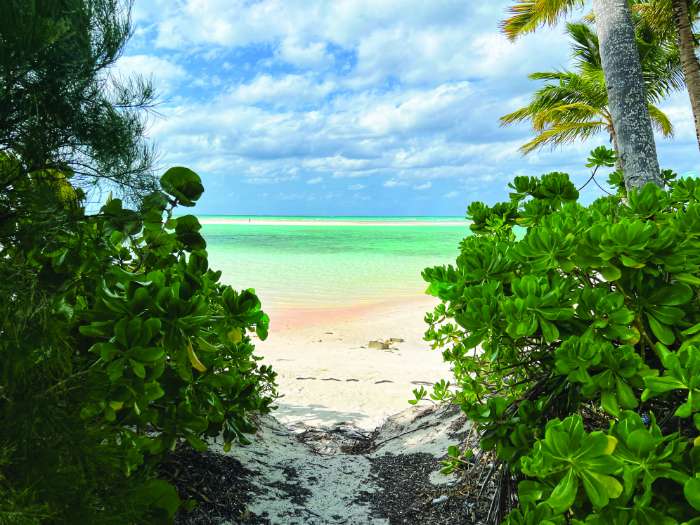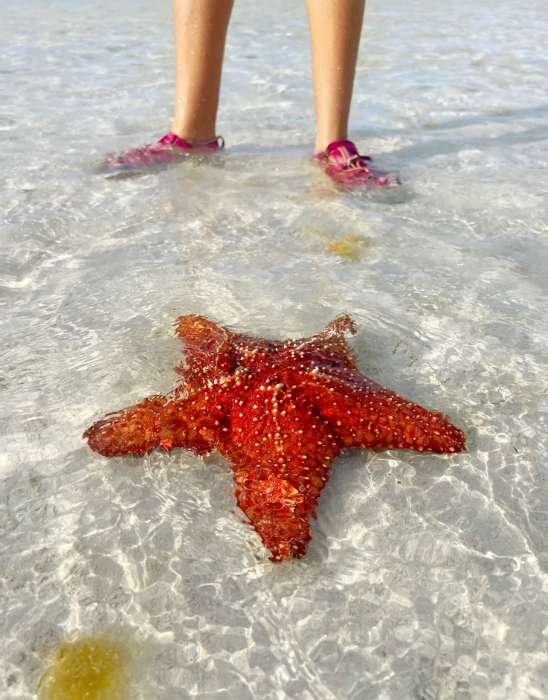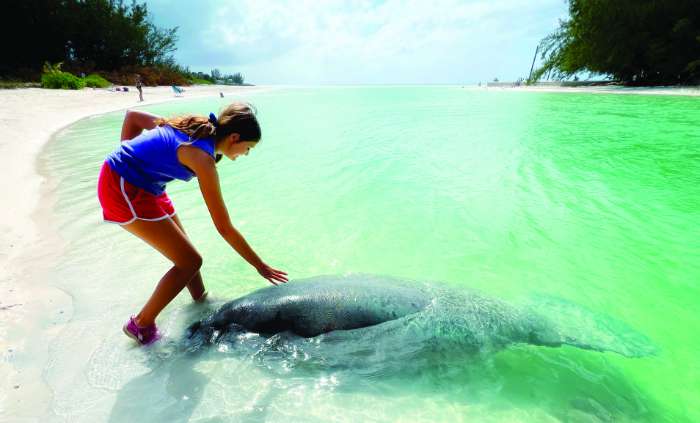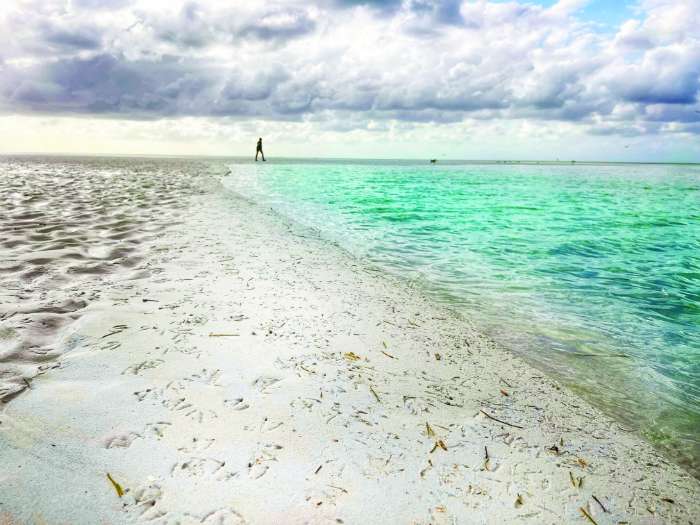An Unplanned and Serene Stop for Cruising Sailors in Spanish Wells, Bahamas
We tied up to a dock after a long cruising passage, and my 13-year-old daughter sleepily popped her head out of her cabin and rubbed her eyes.
She asked, “Where are we?”
“The Bahamas.”

“This doesn’t look like the Bahamas. It’s so green!”
We didn’t want to stop in the Bahamas; that wasn’t the plan. The plan was to get from Samana, Dominican Republic, right to Fort Pierce, FL, to start wrapping up our cruising season. On day five, the Sailing Gods laughed at us and threw some problems in our way that required us to “pull over” in the Bahamas.
The country is made up of more than 700 islands spread over about 500 miles. In years past we mostly cruised around the Berries, Exumas, and Crooked-Acklins. After a while, we grew a little weary of the long stretches of white sand and isolation, so we made a decision to skip it. But fate and weather guided our bow to Spanish Wells, a small slice of the Bahamas that was totally new to us.

We were snug on a friend-of-a friend’s private dock in a carved out, rectangular basin on the south shore of Russell Island. Our host gave us a ride in his golf cart to customs and immigration and took the long way to give us a little tour, pointing out the house he grew up in and where he and his kids went to school. He did the one-hand steering wheel wave to most of the other golf carts we passed. His roots run deep.
The island itself has a long history peppered with Spanish galleons, British loyalists, and drug smugglers. Today, Spanish Wells is quietly famous for being the most productive fishing community in the country. Their main harvest is lobster.
I tried to talk salty with our host and mentioned my ties to the lobstering community in Maine. He looked at me deadpan and said, “Up north, they do it the easy way, setting and hauling traps. We dive down and catch ‘em by hand.” His muscled arms, leathered by decades in the sun’s embrace, told that story plainly.
After checking into the country, we rented our own golf cart, the main mode of transportation around here. Spanish Wells is only two miles long and a half mile wide. A small bridge connects it to Russell Island which is just three miles long.

There are about 1600 people who call this unassuming island community home. The streets are lined with colorful houses that look like a plein-air artist’s dream. Front yards showcase quirky landscape designs full of conch shells, found baubles, and local plants. As we drove around, the flamboyant bougainvillea reached out to touch the golf cart at every turn.
The Bahamas we’ve known over the decades is white and blue, sand and sea. And nothing more. It’s also rare to see food growing in much of the Bahamas. But in Spanish Wells, banana plants, papaya and mango trees, and well-kept vegetable gardens are packed into tidy yards.
We marveled at the industrious fishing fleet, hoping to buy some fresh rock lobster, known locally as crawfish. A salty character unloading conch from his skiff told us that we just missed lobster season by a few days. They stick to the season to make sure there are lobsters around next year, the year after that, and hopefully generations after that. Spanish Wells is a model of sustainability when it comes to lobsters. It’s a $90 million industry that sells around six million pounds of lobster tail each year. If they don’t throw back the small ones, leave the egg-bearing females alone, and close the season half the year, it disrupts the delicate balance of humans and the sea.

Fishing is what makes this island independent of the tourist dollar, and with that there’s a proud tradition of boat building and marine services. We were surprised to find a well-appointed marina, a haul-out facility that can lift large catamarans, and the parts we needed.
A week passed, and we were secretly happy that the weather pinned us in, allowing us to wander the island some more. We loved low tide, exploring on the pristine pink and white sand beaches. Even more, we loved checking out the community. We found the farmer’s market, the book exchange, a local art gallery, the history museum, and island-made baked goods. Spanish Wells has a fairly even church-to-liquor store ratio, which tells you that this place knows how to come together in all kinds of situations.
As another week passed, I started to get a familiar feeling. Maybe it was the legions of street cats, maybe it was the cemeteries where most of the last names were the same, and maybe it was the lilted patois that was a sort of British-New England seafarer blend. Does this sound like another small fishing island we all know and love in the southern Chesapeake? I texted a friend who is familiar with both places, and she confirmed that Tangier Island and Spanish Wells have a similar vibe: serene, industrious, independent, friendly, and proud. People who live here stay here. And people who visit want to come back, including us.
About the Author: Cindy Wallach cruised the Caribbean with her family and two dogs aboard their St. Francis 44 catamaran Majestic, which is for sale. Learn more at majesticstfrancis44forsale.com.




